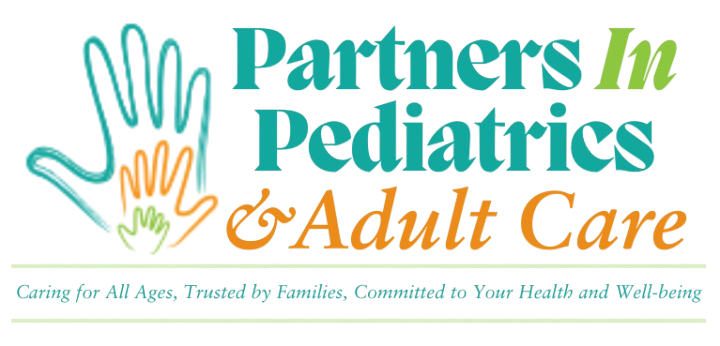
What Is Autism?
Autism spectrum disorder (ASD) is a common neurodevelopmental condition that affects more than 1% of children. It is characterized by challenges with communication, social interaction, and repetitive or ritualized behaviors. Symptoms typically appear in early childhood, and the degree of severity varies from person to person.
Although autism is a lifelong condition, early intervention can significantly improve a child’s ability to develop language, social skills, and coping strategies.
Request an AppointmentWhat Are the Risk Factors for Autism?
Several factors are associated with a higher likelihood of developing autism:
- Gender: Boys are four times more likely than girls to be diagnosed with ASD.
- Genetics: Families with one child diagnosed with autism have a higher chance of having another affected child.
- Neurological and genetic abnormalities: Studies have identified differences in brain structure and function, as well as gene mutations, in individuals with autism.
Although the exact cause is not yet known, current research suggests that autism results from a combination of genetic and environmental factors.
What Are the Characteristics of Autism?
Autism exists on a spectrum, meaning symptoms can range from mild to severe. Common characteristics may include:
- Difficulty with verbal and nonverbal communication
- Trouble maintaining eye contact
- Challenges in understanding facial expressions and social cues
- Repetitive behaviors (e.g., hand-flapping, repeating sounds or phrases)
- Sensory sensitivities, such as aversion to noise, lights, or touch
- Strong preference for routines or ritualized behaviors
- Tendency to withdraw or prefer solitary play
- Occasional self-harming behaviors
- Unusual responses to pain or physical sensation
What Other Disorders Are on the Autism Spectrum?
ASD includes several distinct diagnoses that may differ in symptoms and severity:
Asperger’s Syndrome
Considered the mildest form of ASD, individuals with Asperger’s often have average or above-average intelligence and well-developed language skills. However, they may struggle with social interaction, non-literal language, and interpreting social cues.
Pervasive Developmental Disorder – Not Otherwise Specified (PDD-NOS)
This diagnosis applies to children who show signs of autism but do not meet the full criteria for classic autism or Asperger’s. These individuals often have milder symptoms and may be more socially interactive than others on the spectrum.
Rett Syndrome
Rett syndrome is a rare genetic disorder that primarily affects girls. While it shares some symptoms with autism—such as repetitive behaviors and communication difficulties—it is typically accompanied by seizures, loss of motor skills, and distinct neurological changes.
Childhood Disintegrative Disorder
Children with this disorder develop normally for the first few years of life, then suddenly regress, losing language, motor, and social skills. It is rare and considered one of the more severe forms of ASD.
Is There a Cure for Autism?
There is currently no cure for autism, but a wide range of treatments can help individuals with ASD lead fulfilling and productive lives.
Behavioral Therapy
Behavioral interventions—such as applied behavior analysis (ABA)—are highly effective in improving communication, social skills, and self-regulation. These therapies are often tailored to the child’s specific needs and involve both professional and family involvement.
Medication
While medication cannot treat autism itself, it can help manage associated symptoms such as:
- Anxiety
- Depression
- Aggression
- Hyperactivity
- Obsessive-compulsive behaviors
Medications can improve quality of life and help individuals better engage with therapy and their environment.
Educational and Community Support
An increasing number of school-based programs and community resources are available to support children with autism. Early diagnosis and access to these services can have a significant impact on long-term outcomes.
